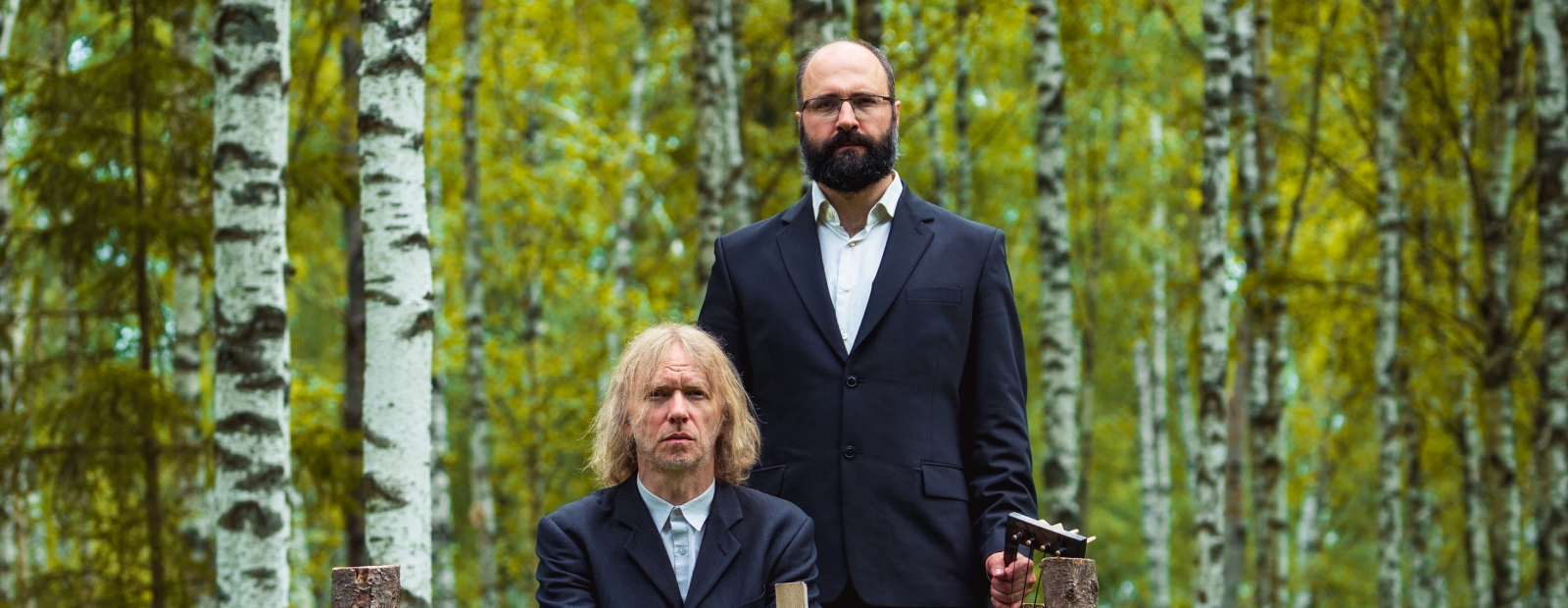The cabinet now advises the whole of the Netherlands to ‘urgently’ wear a mouth mask in the public interior space, if keeping a distance is not possible. Earlier, following the Outbreak Management Team (OMT), the cabinet saw no point in this, except for travelers in public transport and at airports, where the face mask was even made mandatory.
What has changed scientifically since the advice of it OMT a May and July that a general duty would not make sense? Or has perhaps the epidemiological situation under which such a measure has an effect changed in the Netherlands? The experts of the OMT will now answer that question for the third time in nine months.
On a closer look, any piece of fabric covering the mouth and nose can actually form a somewhat effective barrier to droplet contamination. Both the risk of spreading and the risk of becoming infected are reduced, if the masks are at least properly fitted (see inset). But it is difficult to determine how great that added effect is, in addition to the one and a half meter rule and the hygiene of regular hand washing. In any case, it is not a panacea that can break the second wave: in Spain the number of infections is increasing rapidly, despite an almost nationally applicable obligation to mask the mouth.
Also read: Shopkeepers yearn for clarity about masks
In the maze of circumstances, types of masks and successive measures, the effect of masks is difficult to investigate. American and Chinese researchers made an attempt for New York, where the measures followed each other step by step during the violent corona epidemic. Initially, the reproduction number R in the city rose to 4.6 when there were no measures yet. After the call to maintain a social distance, the R fell to 1.47 in the second half of March and after the advice on 3 April to wear a textile mouth covering, it fell further to 0.59. But it cannot be concluded from this that face masks got the virus underneath in New York, because there were so many other influences at that stage of the epidemic. For example, there was now a lot of fear and social contacts were limited to a minimum.
A group of German and Danish psychologists published a study at the beginning of this month to a cohort of 1,000 citizens a week who were followed in the six weeks after the introduction of the masking requirement. The number of masks wearers rose from 25 percent to more than 80 percent.
From interviews with the participants, the researchers also concluded that it is better to introduce a duty of mouth masks than to merely advise and leave it to the citizens themselves. A voluntary advice like now in the Netherlands can lead to “stigmatization” and “polarization in society”, they warn.
–
/s3/static.nrc.nl/images/gn4/stripped/data62648243-5f82b5.jpg)

